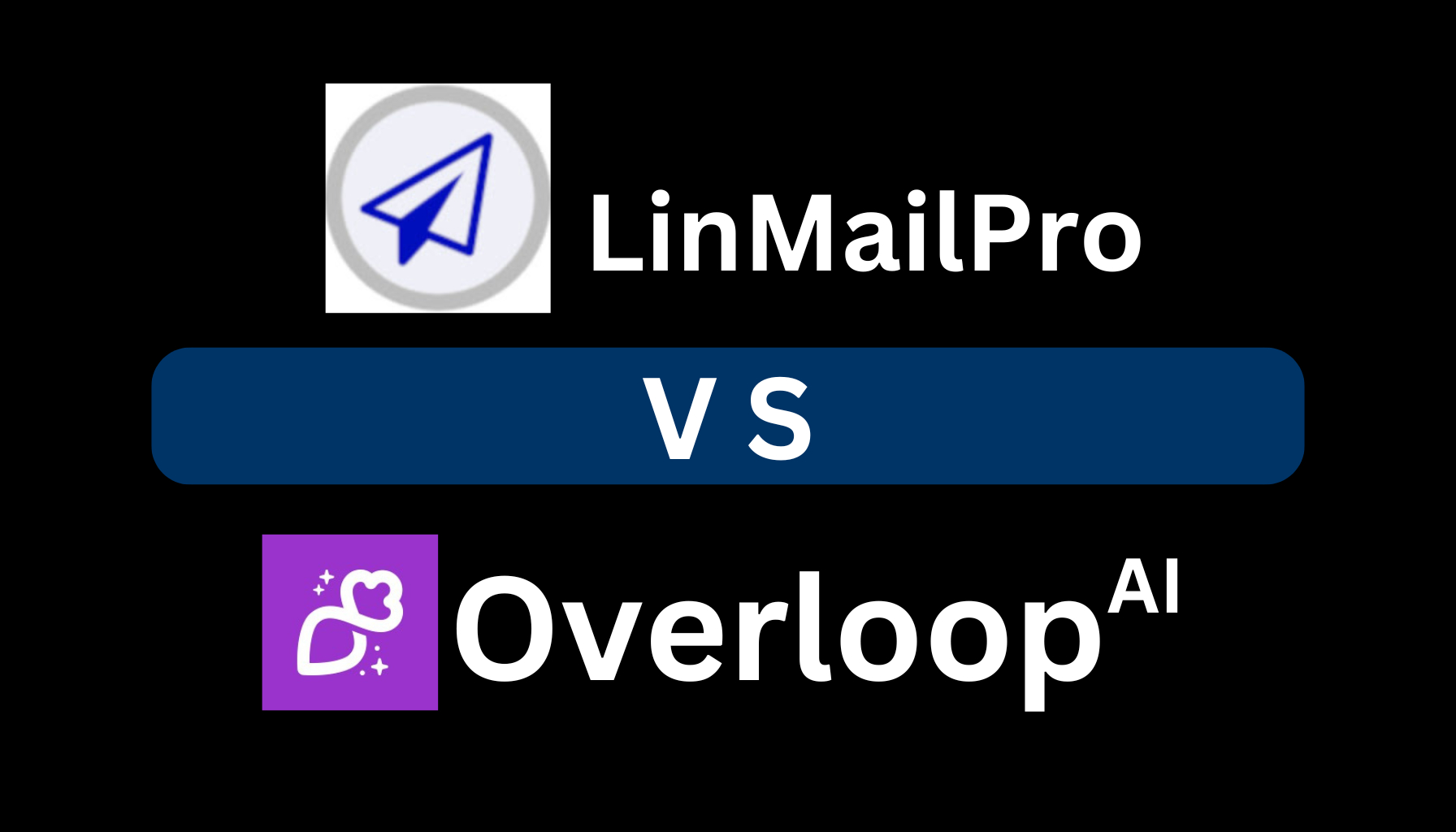
In today’s rapidly evolving business landscape, staying ahead of the curve is not just an advantage—it’s a necessity. As we step into 2024, revenue intelligence has emerged as a game-changing tool for businesses looking to optimize their sales processes and maximize revenue growth. This innovative approach to sales management is revolutionizing how companies understand and act upon their sales data, providing unprecedented insights that drive strategic decision-making.
The importance of revenue intelligence cannot be overstated in an era where data-driven strategies reign supreme. With the global market becoming increasingly competitive, businesses are turning to advanced technologies like artificial intelligence (AI) and machine learning (ML) to gain a competitive edge. Revenue intelligence stands at the forefront of this technological revolution, offering a comprehensive solution that integrates data from various sources to provide a holistic view of the sales pipeline and customer interactions.

Key Facts
- Revenue intelligence is the practice of using data, AI, and ML to analyze sales, product, and customer data for improved revenue growth and decision-making.
- According to recent studies, companies implementing revenue intelligence solutions have seen up to a 45% improvement in forecast accuracy.
- The adoption of revenue intelligence tools has led to significant improvements in sales efficiency, with some organizations reporting a 20% increase in deal closure rates.
Understanding Revenue Intelligence in 2024
At its core, revenue intelligence is about harnessing the power of data to drive sales performance and business growth. In 2024, this concept has evolved to encompass a wide range of technologies and methodologies that provide real-time insights into every aspect of the sales process.
The Evolution of Data-Driven Sales
Revenue intelligence has transformed from a simple data collection tool to a sophisticated system that delivers actionable insights. As Sarah Chen, Chief Revenue Officer at TechSales Inc., emphasizes,
“Revenue intelligence is not just about collecting data—it’s about transforming that data into actionable insights that can drive real business outcomes.”
This shift represents a fundamental change in how businesses approach sales strategy. In today’s competitive market, the ability to quickly analyze and act on sales data can be the deciding factor between closing a deal and losing it to a competitor. Revenue intelligence platforms now offer real-time analysis and recommendations, enabling sales teams to make informed decisions rapidly and stay ahead of market trends.
Data Integration: The Foundation of Revenue Intelligence
One of the key components of revenue intelligence is data integration. By merging information from various sources such as CRM systems, email communications, and phone interactions, revenue intelligence platforms create a unified data ecosystem. This integration allows sales teams to have a 360-degree view of their customers and prospects, enabling more informed and strategic decision-making.
The power of this integrated approach lies in its ability to provide a complete picture of customer interactions across all touchpoints. Sales representatives can access a comprehensive history of customer engagements, preferences, and pain points, allowing for more personalized and effective sales strategies. This holistic view also helps in identifying cross-selling and upselling opportunities that might otherwise be overlooked.
The Role of AI and Machine Learning
AI and ML play a crucial role in the revenue intelligence process. These technologies analyze vast amounts of data to identify patterns and predict outcomes, offering insights that would be impossible to discern through manual analysis alone. For example, AI-powered algorithms can predict which deals are most likely to close, allowing sales teams to prioritize their efforts and resources effectively.
Machine learning models continuously improve their predictions by learning from new data, ensuring that insights become more accurate over time. AI can also automate routine tasks, freeing up sales representatives to focus on high-value activities like relationship building and strategic planning. The combination of AI and human expertise creates a powerful synergy that drives sales performance to new heights.
Key Metrics in Revenue Intelligence
Revenue intelligence platforms track several critical metrics that provide a comprehensive view of sales performance. Deal velocity measures how quickly deals move through the sales pipeline, offering insights into process efficiency and potential bottlenecks. Pipeline coverage assesses whether there are enough opportunities to meet revenue goals, helping sales leaders make informed decisions about resource allocation and lead generation efforts.
Forecast accuracy predicts future sales performance based on historical data and current trends, enabling more precise financial planning and goal setting. Rep performance metrics track individual sales representative productivity and effectiveness, facilitating targeted coaching and performance improvement initiatives. By monitoring these key indicators, managers can identify areas for optimization and make data-driven decisions to improve overall revenue generation.

Breaking Down Organizational Silos
Another significant aspect of revenue intelligence in 2024 is its ability to break down data silos within organizations. By providing a centralized platform for sales, marketing, and customer success teams to access and analyze data, revenue intelligence fosters better collaboration and alignment across departments. This unified approach ensures that all teams are working towards the same objectives and can quickly adapt to changing market conditions.
The shared data ecosystem enables marketing teams to refine their strategies based on sales outcomes, while customer success teams can proactively address issues that might impact renewals or upsells. The result is a more cohesive and responsive organization that can deliver a seamless customer experience throughout the entire buyer’s journey.
How Horlio Can Elevate Your Revenue Intelligence Strategy
While revenue intelligence platforms offer powerful insights into sales performance, they often lack the critical component of lead generation and engagement that is essential for filling the sales pipeline. This is where Horlio comes in, providing a perfect complement to your revenue intelligence strategy.
Horlio’s LinkedIn automation and engagement platform can significantly enhance your revenue intelligence efforts by:
- Expanding your network with highly targeted prospects, ensuring your sales pipeline is consistently filled with quality leads
- Providing AI-powered content generation that resonates with your target audience, increasing engagement and brand visibility
- Offering advanced analytics on your LinkedIn performance, which can be integrated with your revenue intelligence data for a more comprehensive view of your sales and marketing efforts
- Automating personalized outreach at scale, allowing your sales team to focus on high-value activities while maintaining a strong presence on LinkedIn
By incorporating Horlio into your revenue intelligence strategy, you can create a powerful synergy between lead generation, engagement, and sales performance analysis. This holistic approach will not only improve your sales pipeline but also provide deeper insights into the entire customer journey, from initial contact to closed deal.
Ready to Dominate LinkedIn?
Transform Contacts into Conversations with Smart Targeting on LinkedIn!
Conclusion
Revenue intelligence has become an indispensable tool for businesses looking to thrive in the competitive landscape of 2024. By leveraging advanced technologies to analyze sales data, predict outcomes, and provide actionable insights, revenue intelligence platforms are enabling companies to make more informed decisions, optimize their sales processes, and drive significant revenue growth.
As we’ve explored in this guide, the key to success lies in not only implementing revenue intelligence solutions but also in complementing them with powerful lead generation and engagement tools like Horlio. By combining these approaches, businesses can create a comprehensive strategy that addresses every aspect of the sales cycle, from prospecting to closing deals.
In an era where data is king, revenue intelligence stands as a crown jewel in the arsenal of successful sales organizations. Those who embrace this technology and integrate it effectively with their existing systems and strategies will be well-positioned to lead their industries and achieve unprecedented levels of success in the years to come.
Citations
- Salesforce. (2023). Revenue Intelligence: The Ultimate Guide. Retrieved from https://www.salesforce.com/sales/revenue-intelligence/what-is-revenue-intelligence/
- Outreach. (2023). What is Revenue Intelligence? Retrieved from https://www.outreach.io/resources/blog/what-is-revenue-intelligence
- Nutshell. (2023). Revenue Intelligence: What It Is and Why It Matters. Retrieved from https://www.nutshell.com/blog/what-is-revenue-intelligence



